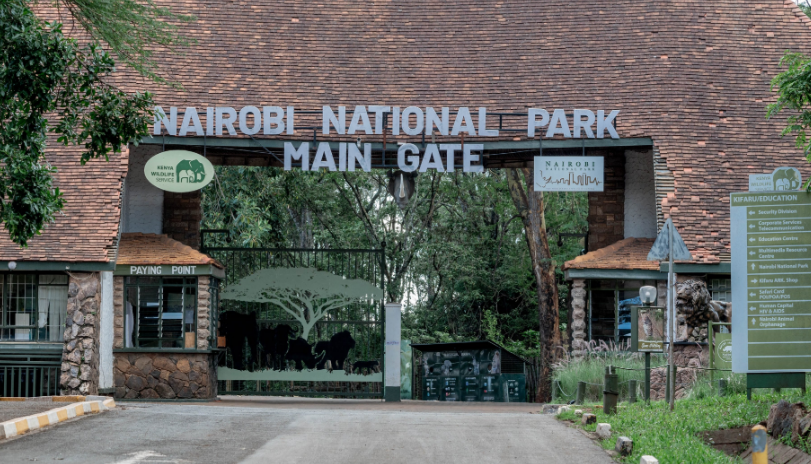The Kenyan government has announced plans to establish the Nairobi National Park – Athi-Kapiti Wildlife Corridor, a move aimed at protecting critical migratory routes and reducing human-wildlife conflict around Nairobi National Park. The decision follows a presidential directive issued in July 2023 addressing escalating habitat fragmentation and wildlife encroachment in surrounding areas.
The corridor will link Nairobi National Park to neighboring conservancies in Machakos and Kajiado counties, providing a safe passage for wildlife species including zebras, wildebeests, and gazelles. To facilitate this, parts of public land, including sections of the Export Processing Zone (EPZ), will be transferred to the Kenya Wildlife Service (KWS) for conservation purposes.
The project also includes the construction of wildlife-friendly infrastructure such as fencing, overpasses, and underpasses to ensure safe animal crossings. Construction is set to begin in the 2026/2027 financial year, with a three-year completion timeline.
According to the cabinet dispatch, the initiative will leverage partnerships with conservation agencies and explore innovative financing options, including nature bonds and debt-for-nature swaps. This approach reflects Kenya’s long-term commitment to sustainable biodiversity conservation, as outlined in the Wildlife Corridors and Dispersal Areas Report (2016) and the Vision 2030 blueprint.
“Cabinet approved the implementation of the Nairobi National Park – Athi-Kapiti Wildlife Corridor to secure critical migratory routes and dispersal areas vital for the survival of Kenya’s wildlife,” the statement read.
This ambitious project is expected to reduce human-wildlife conflicts that have plagued communities near the park, protect endangered species such as rhinos, and support Kenya’s broader environmental and conservation priorities. By creating a dedicated corridor, Kenya sets a precedent in combining urban development with ecological preservation.
The Nairobi National Park corridor project represents a significant step towards safeguarding Kenya’s wildlife heritage while balancing the pressures of urban expansion around the capital.

